Tucked away in the southern region of modern-day Israel, Tell el-Hesi stands as a testament to the ancient past and its intricate tapestry of history, culture, and human endeavors. This archaeological site, known for its remarkable excavations and historical significance, offers a captivating window into the world of ancient civilizations.
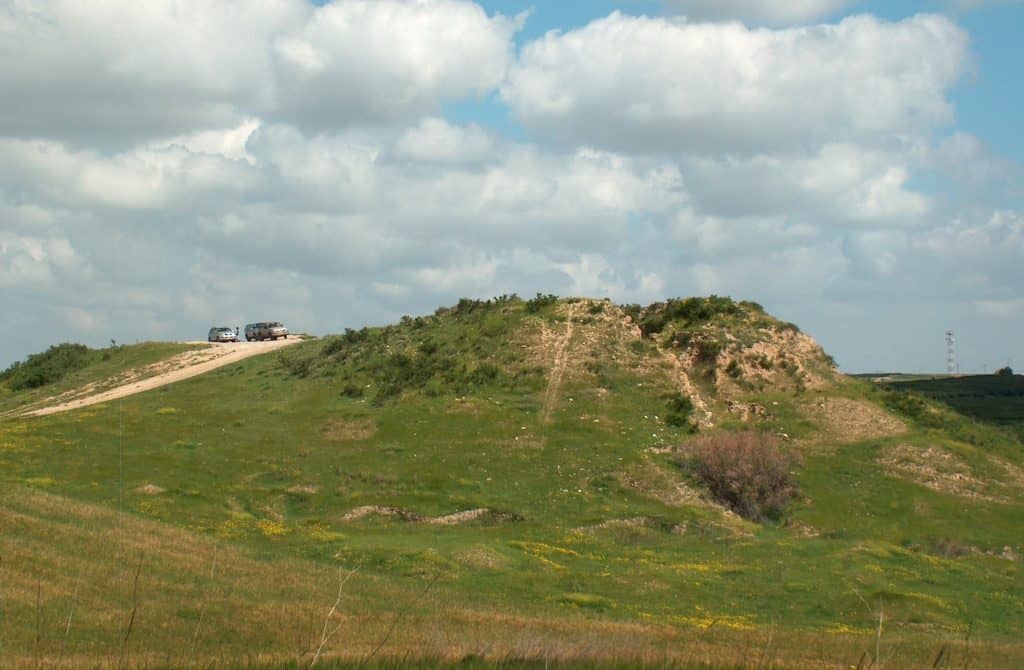
Historical Significance
Strategic Location
Tell el-Hesi’s strategic location in the southern Shephelah region made it a trade, defense, and cultural exchange hub. Positioned along ancient trade routes and near significant cities such as Gaza, it played a vital role in the region’s history.
Diverse Settlements
The site’s history is marked by diverse settlements spanning different periods and cultures. These include Canaanite, Egyptian, Philistine, and Israelite influences, each contributing to the rich mosaic of Tell el-Hesi’s history.
Frederick J. Bliss
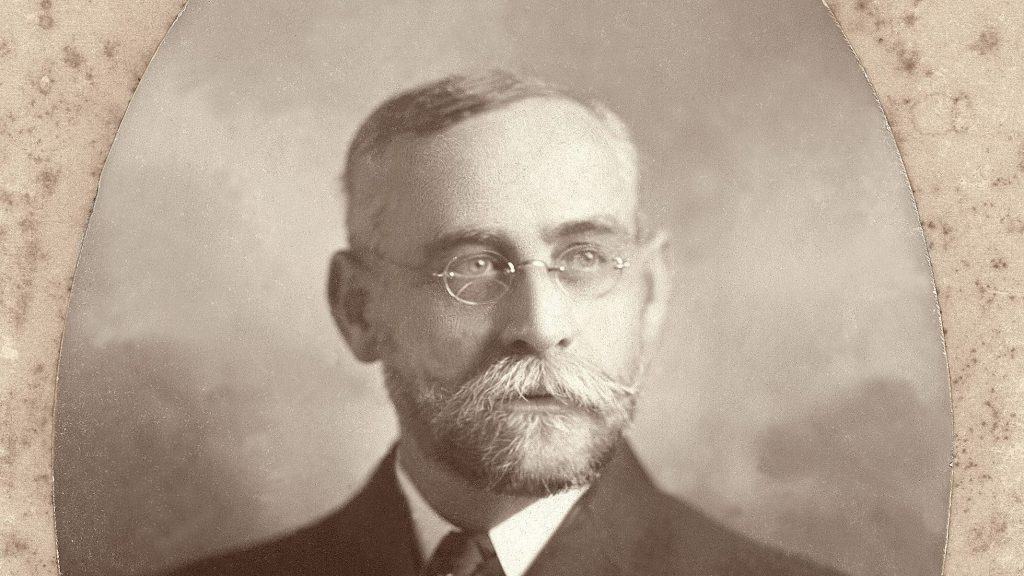
Archaeological Exploration
The site has been the subject of extensive archaeological excavations, attracting the attention of scholars, researchers, and history enthusiasts.
Pioneering Work
The early excavations, led by renowned archaeologist Frederick J. Bliss, were instrumental in uncovering the layers of history at the site. Bliss’s work, which extended over multiple seasons, provided valuable insights into the material culture and history of the Tel.
Modern Excavations
In recent years, Tell el-Hesi has seen renewed interest from archaeological teams, contributing to a deeper understanding of the site’s complexities. These modern excavations have revealed further details about the city’s structures, fortifications, and everyday life.
Tell el-Hesi has been excavated by several archaeological teams and individuals over the years. Some of the notable excavations and excavators at Tell el-Hesi include:
Sir William Matthew Flinders Petrie: The early excavations at Tell el-Hesi were conducted by British archaeologist Flinders Petrie in the late 19th and early 20th centuries.
Frederick J. Bliss: American archaeologist Frederick J. Bliss excavated at Tell el-Hesi in the late 19th and early 20th centuries, unearthing significant findings and contributing to our understanding of the site’s history.
Explorers of Palestine
John Garstang: British archaeologist John Garstang conducted excavations at Tell el-Hesi during the early 20th century. His work added to the knowledge of the site’s history.
Recent Excavations: In recent years, additional excavations have been at Tell el-Hesi, often involving collaborative efforts among archaeologists and institutions. These modern excavations have provided further insights into the site’s history and material culture.
The site has seen intermittent excavations by various scholars and teams, each contributing to our understanding of this ancient crossroads. The research and findings from these excavations have enriched our knowledge of the history and significance of this archaeological tel.
Tell Beit Mirsim
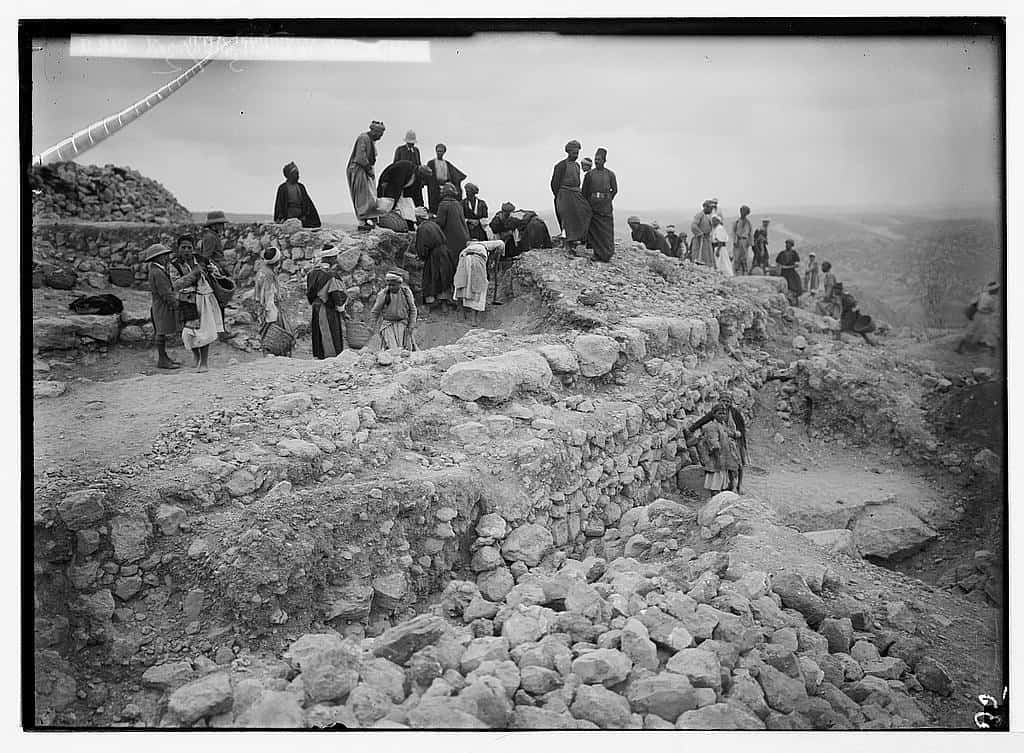
Discoveries at Tell el-Hesi
City Layout and Fortifications
Archaeologists have unearthed remnants of city walls and fortifications, shedding light on the city’s defense strategies and urban planning.
Residential and Public Structures
Excavations have revealed evidence of residential dwellings, public buildings, and temples, providing insights into the city’s inhabitants’ daily lives and societal organization.
Cultural and Religious Artifacts
Numerous artifacts, including pottery fragments, tools, and religious objects, have been discovered, offering a window into the material culture and spiritual practices of the people who once lived at Tell el-Hesi.
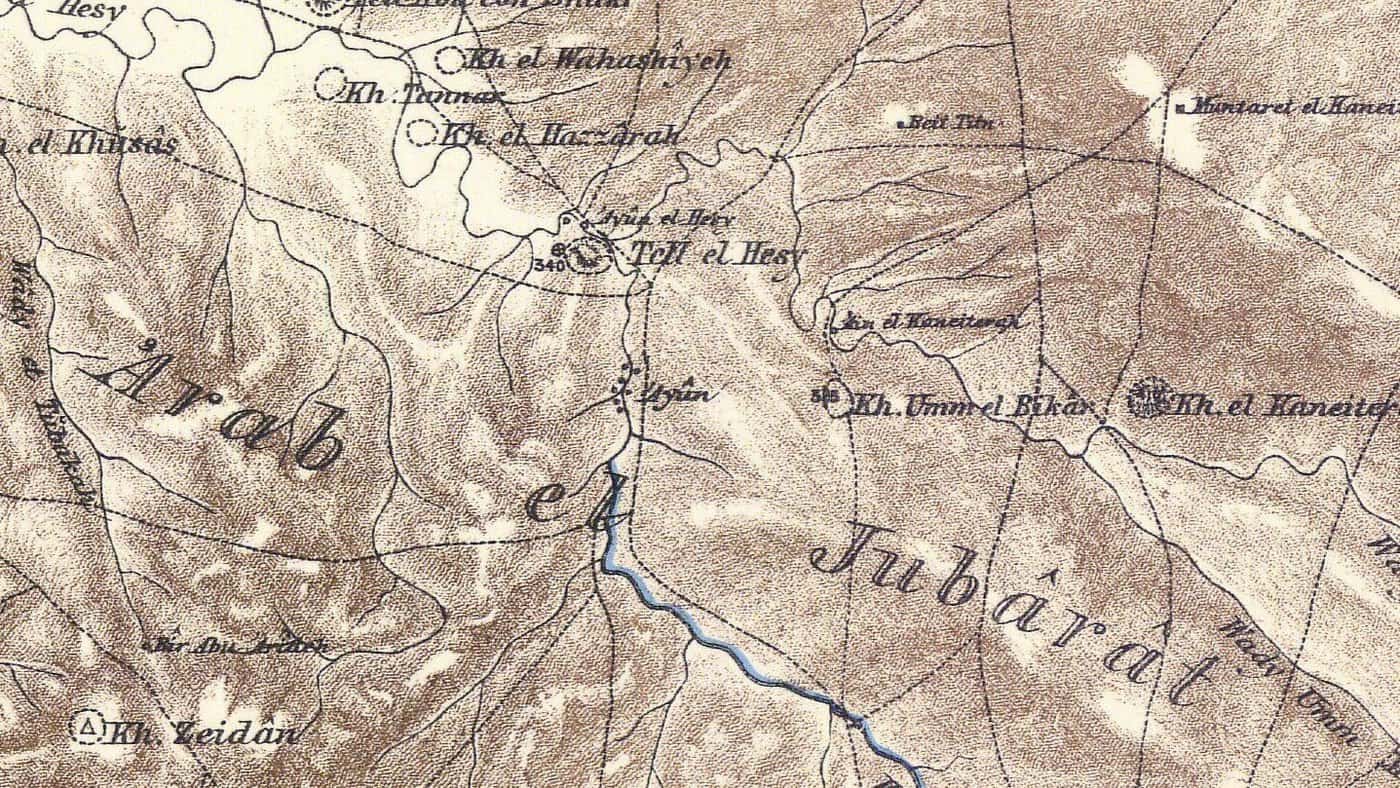
Legacy and Significance
Tell el-Hesi’s historical and archaeological importance extends beyond the bounds of a single site:
Crossroads of Cultures
The site’s diverse cultural influences and history as a crossroads of civilizations contribute to our understanding of ancient regional interactions.
Educational and Research Opportunities
Tell el-Hesi continues to serve as an educational and research site, offering students and scholars a hands-on experience with archaeology and history.
Israel Archaeological Seven Day Tour
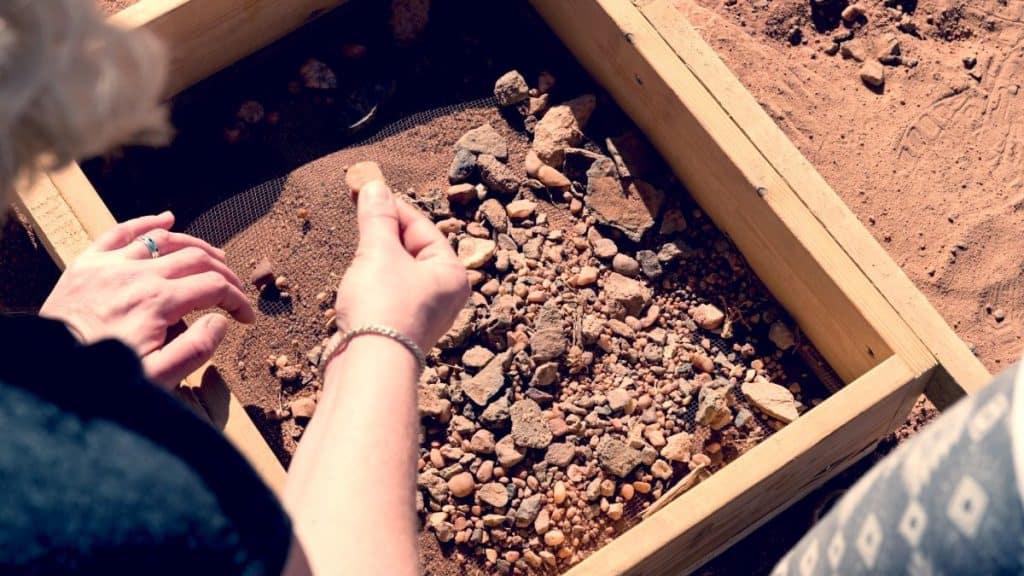
Preserving Cultural Heritage
Efforts are ongoing to preserve and protect Tell el-Hesi, ensuring that its historical and archaeological significance endures for future generations. Furthermore, conservation initiatives and educational programs contribute to the site’s continued vitality as a living testament to the past.
Conclusion
Furthermore, Tell el-Hesi invites all curious to journey through time and explore the layers of history accumulated at this remarkable site. So, as researchers continue to unravel the mysteries of this ancient crossroads, the story of Tell el-Hesi serves as a testament to the enduring allure of history and the vital role of archaeological exploration in preserving and understanding the past.

